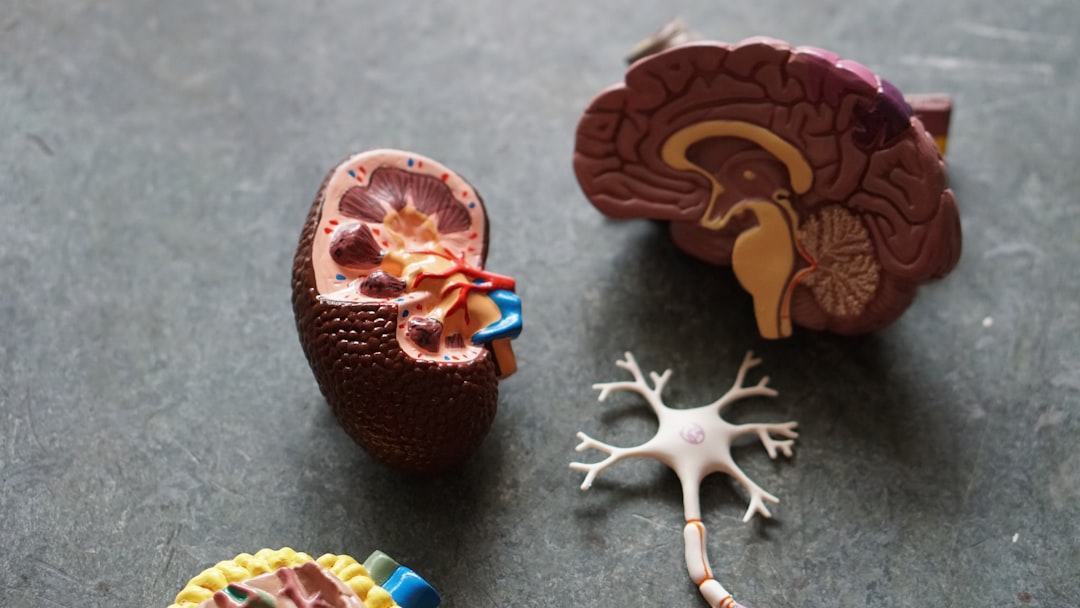What is it about?
Osteochondritis dissecans has a reputation for bad outcome when surgery is required. This article proposes that the outlook is rather better than thought, and the clear decision making pathways and good surgical techniques presented in the article are the reasons for this more optimistic view. It emphaises the preservation of the patients articular cartilage whenever possible - after all it is the best joint surface they can ever have!
Featured Image
Why is it important?
Too often negative beliefs mean that opportunities for joint surface preservation are missed by surgeons removing salvageable osteo-articular lesions when in fact they can often be salvaged with healing and good outcome.
Perspectives
My practise is unusual- 50% of my patients are professional athletes. As a result I see more osteochondritis dissecans than average, my surgery is tested rigorously, and follow-up is 100% being available on social media! Despite this my experience treating this condition has been much more successful than traditional teaching. I am certain that more patients can have their articular cartilage saved, and they can avoid longterm problems and often unsuccessful salvage treatment with ACL (autologous chondrocyte implantation), OATS (osteochondral transfer), or allograft implantation. A patient's ow articular cartilage must be the best joint surface- it should not be removed without attempt to save it if feasible.
Mr Andrew M Williams
Fortius Clinic
Read the Original
This page is a summary of: Osteochondritis dissecans of the knee: a practical guide for surgeons, The Bone & Joint Journal, May 2016, Bone & Joint,
DOI: 10.1302/0301-620x.98b6.36816.
You can read the full text:
Contributors
The following have contributed to this page










